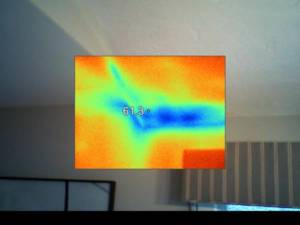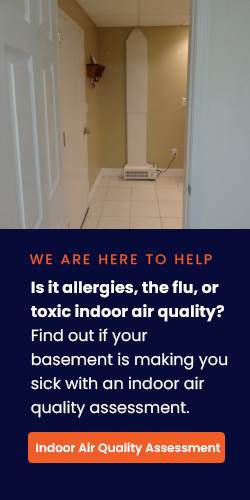IndoorDoctor, a New England based indoor air quality testing firm, has seen a steady rise with indoor air quality concerns during winter months. Simply put, more people spend their times indoors when it’s cold outside. “As homes become more energy efficient indoor air pollution will accumulate with greater concentration,” says environmental engineer and company president Jeffrey Bradley. Major contributors of indoor pollution include combustible heating sources and fireplaces. These sources emit very small particles which penetrate deeply into sensitive parts of the lungs and can cause or worsen respiratory disease. IndoorDoctor is able to measure and document fine particulate using a handheld particle scanner.
It’s not just people that spend more times indoors. Household pets are homebound during winter months. Many people will experience an increase in allergic symptoms due to the increased animal dander which is very difficult to remove. Other commonly associated irritants involve airborne fiberglass. Often people will exercise at home instead of outside or at the local health club. Bradley cautions people to place treadmills and other exercise equipment in a basement where the air quality is much worse than other areas in the home due to exposed fiberglass, fine particulates from the furnace, volatile organic compounds (VOCs) from stored chemicals, and higher mold spore levels.
Carbon Monoxide (CO) is one of the most common pollutants IndoorDoctor detects during winter months. Homeowners will typically install carbon monoxide meters to detect the lethal colorless and odorless gas. Unfortunately, these detectors will only register CO levels around 5 or 10 parts per million (ppm) and not warn the homeowner of lower levels which may
contribute to headaches, memory loss and fatigue. “We’ve had a number of clients experiencing long term acute carbon monoxide poisoning from CO levels around 2-4 ppm. Our specialized testing equipment will detect the trace carbon monoxide levels that a typical home detector will not”.

IndoorDoctor recommends regular servicing and cleaning of the heating system and to schedule independent air quality testing.






